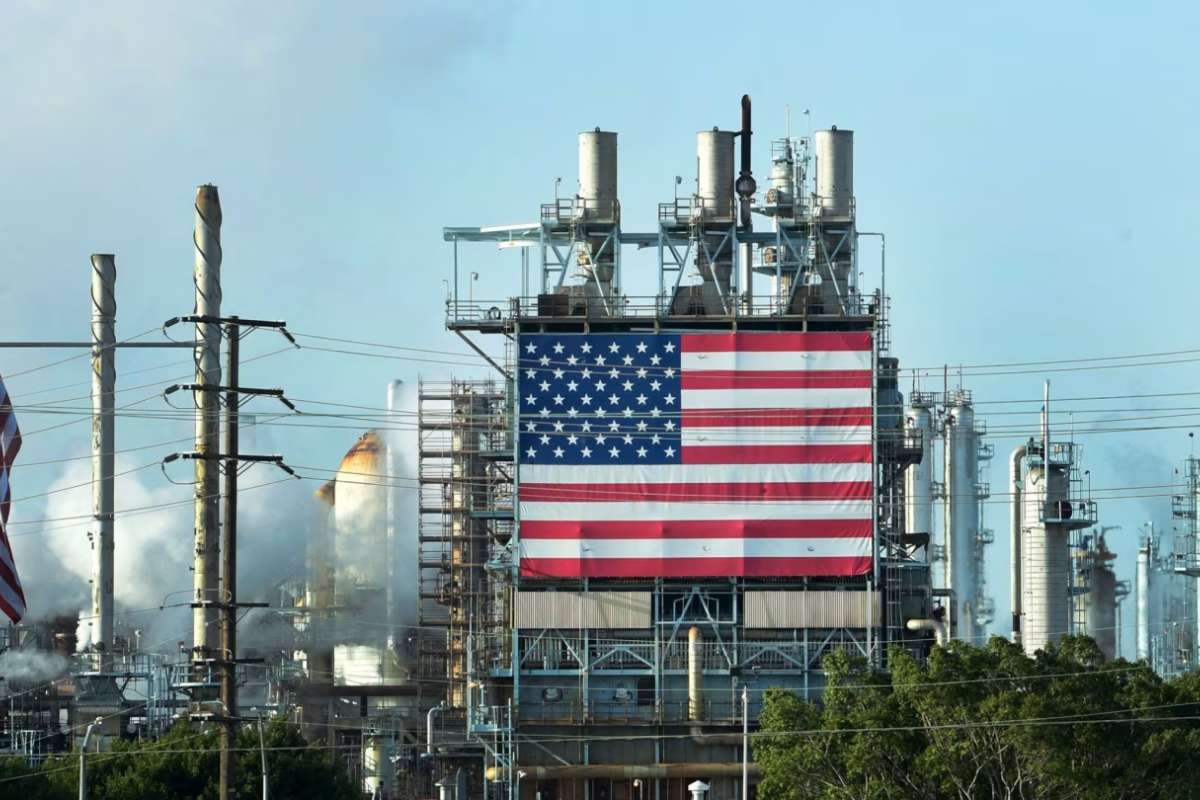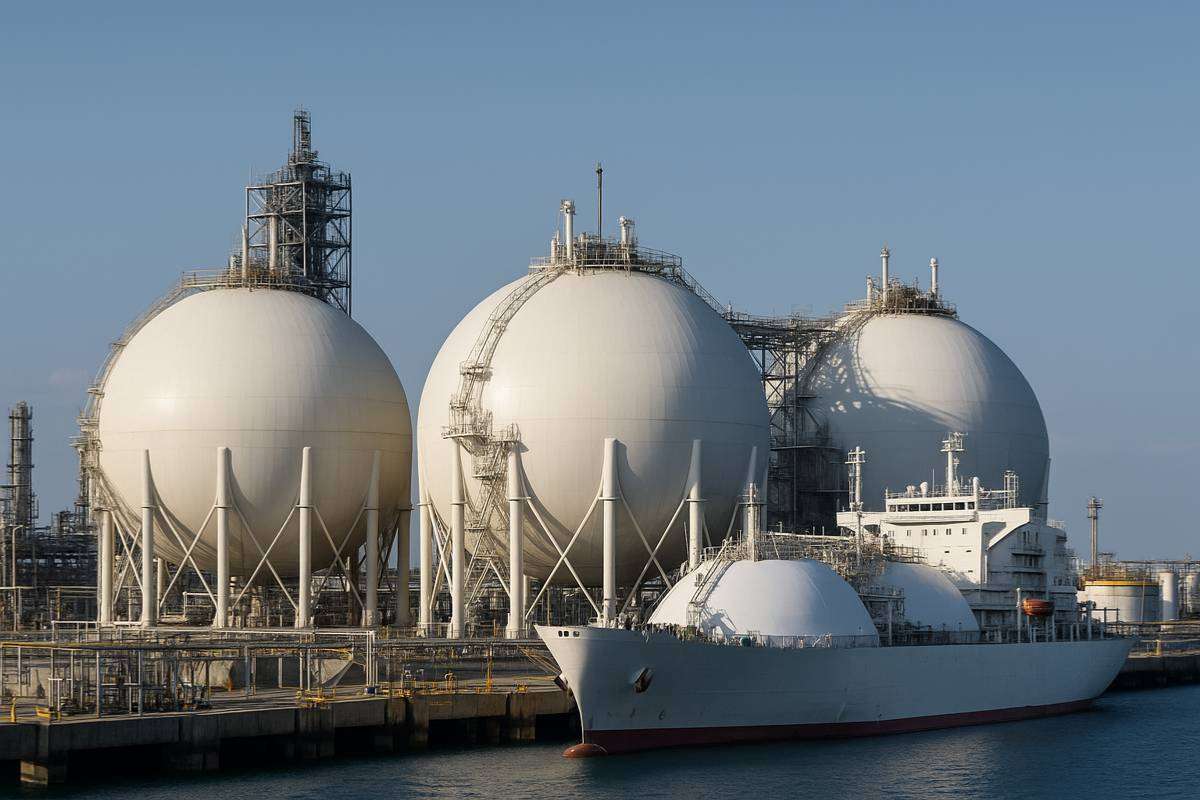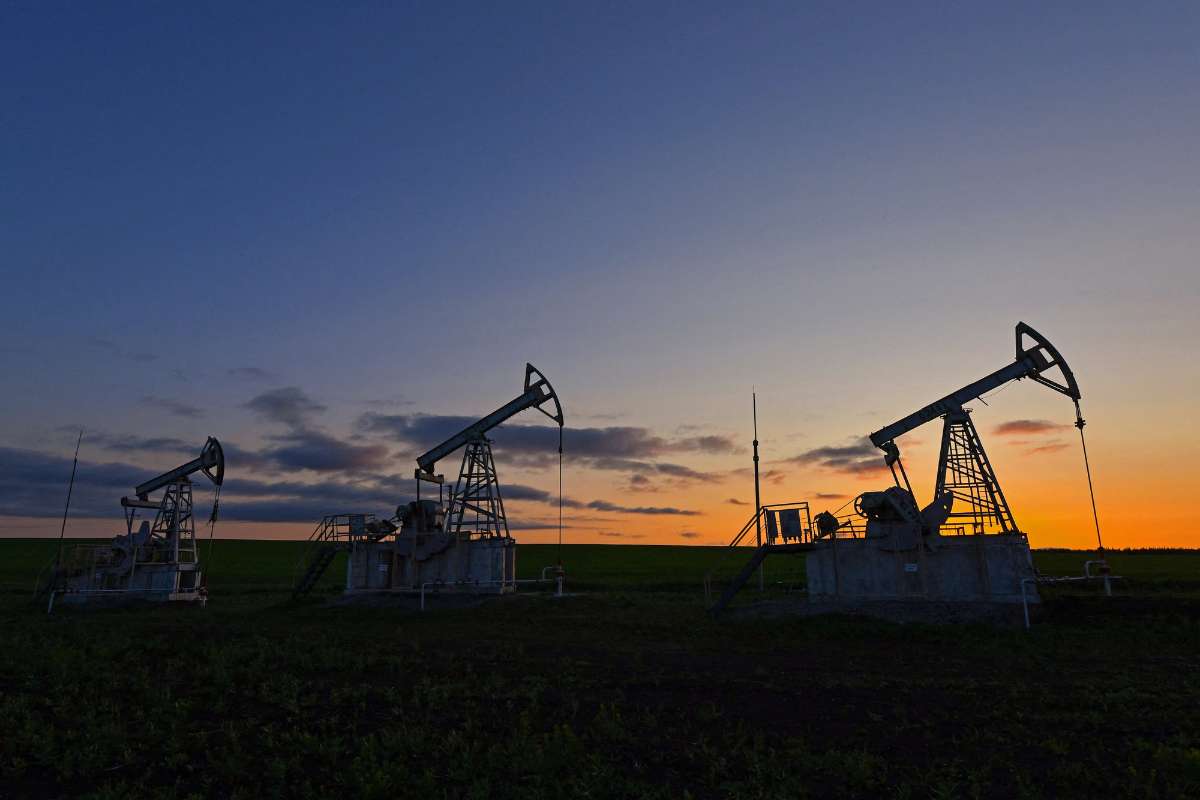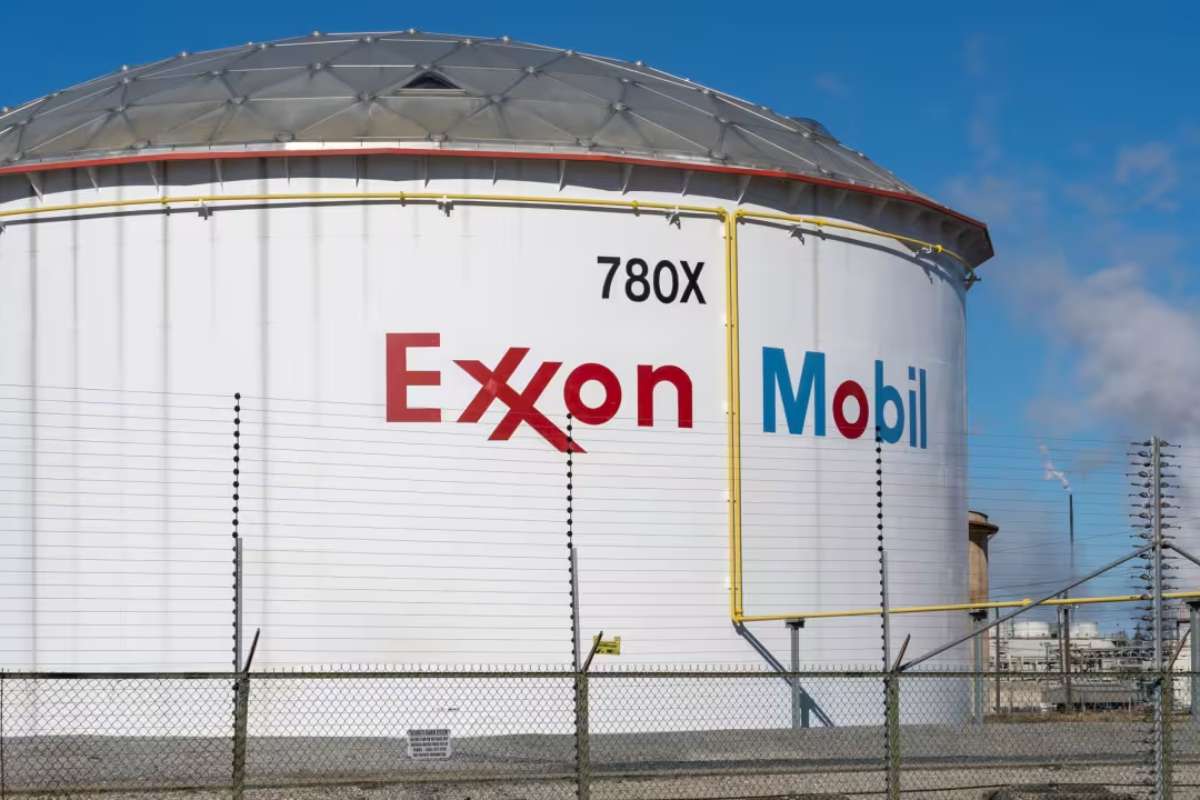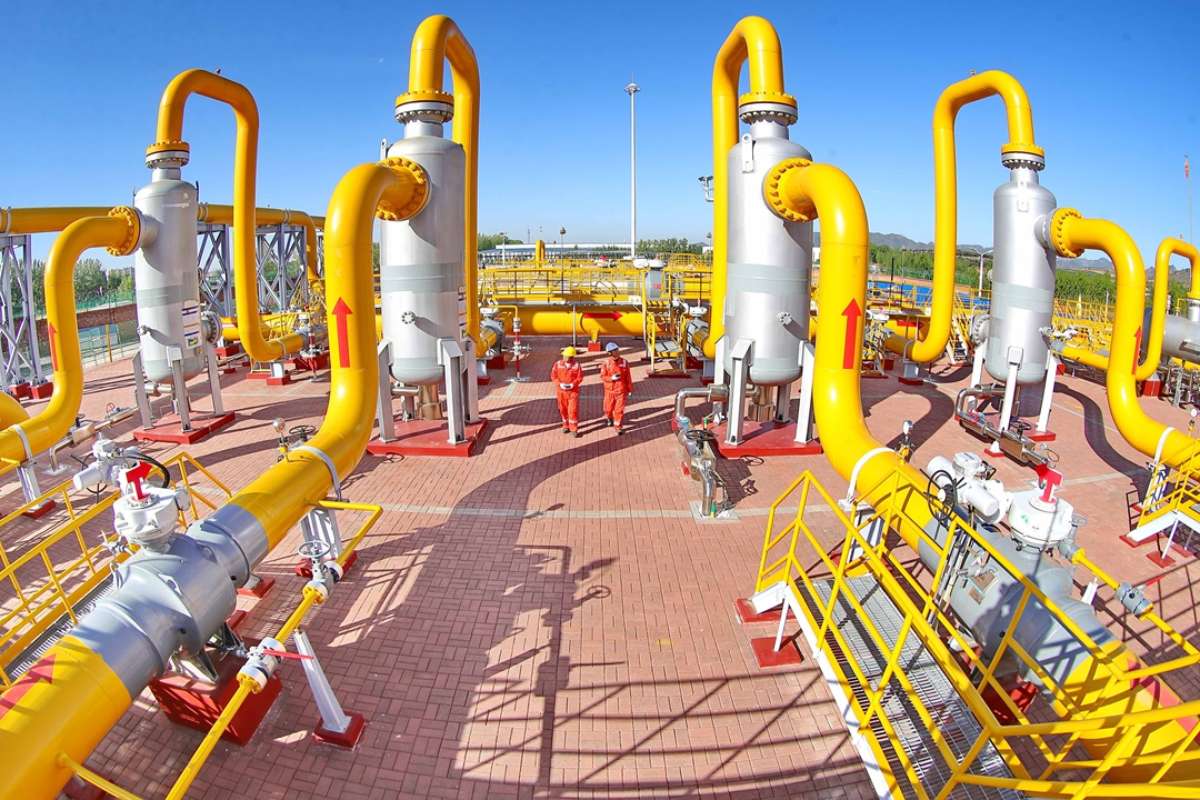Oil and natural gas companies play a pivotal role in powering the world’s economy. These corporations are at the heart of energy production, providing essential fuels that drive transportation, industrial activities, and daily life for billions of people worldwide. With a rich history and a crucial future, the oil and gas industry continues to evolve, addressing energy demands while navigating challenges related to sustainability and environmental impact.
The Role of Oil and Natural Gas Companies
Oil and natural gas companies are responsible for the exploration, extraction, refining, and distribution of two of the most critical energy sources in the modern world: oil and natural gas. These companies range from massive multinational corporations like ExxonMobil, Chevron, BP, and Indian giants like ONGC and Reliance, to smaller, more localized firms. They operate in various sectors, including upstream (exploration and extraction), midstream (transportation and storage), and downstream (refining and distribution).
1. Upstream Operations

The upstream sector focuses on the exploration and extraction of oil and gas. This involves locating reserves, drilling, and extracting crude oil and natural gas from the Earth. The process can be complex and risky, often involving deep-sea drilling or exploration in remote areas. However, successful upstream operations are critical to ensuring a steady supply of energy for both industrial and domestic use.
Oil and natural gas businesses in India, such as the Oil and Natural Gas Corporation (ONGC), are key players in upstream operations, discovering new reserves and contributing significantly to the country’s energy independence. Their efforts have led to the discovery of major oil fields, ensuring a steady supply for the growing economy.
2. Midstream Sector
Once oil and gas are extracted, the midstream sector takes over. This sector involves transporting crude oil and natural gas to refineries and other facilities where they are processed. Transportation methods include pipelines, ships, and railways. Storage is also an essential part of the midstream operations, ensuring that these energy resources are readily available when needed.
In India, the midstream sector has seen significant developments with pipeline networks expanding rapidly to meet growing demand. Oil and natural gas companies in this sector are responsible for managing extensive networks that transport energy across vast distances, ensuring that both urban and rural areas have access to necessary fuels.
3. Downstream Operations
The downstream sector involves refining crude oil and processing natural gas to produce usable products such as gasoline, diesel, heating oil, and other petrochemicals. This is where the raw materials are transformed into finished products that power vehicles, machinery, homes, and industries.
Oil and natural gas businesses in the downstream sector play a crucial role in making energy accessible to the public. Major players like Reliance Industries, through their refining capabilities, have established themselves as leaders in the global energy market. India, being the world’s third-largest energy consumer, relies heavily on the efficiency and capacity of these downstream operations to meet its domestic and industrial needs.
Environmental Impact and Challenges
While oil and natural gas companies are essential for economic growth and energy supply, they also face significant challenges, particularly in terms of environmental impact. The extraction, processing, and consumption of fossil fuels contribute to greenhouse gas emissions, air and water pollution, and habitat destruction.
Climate Change Concerns

As the world grapples with climate change, oil, and natural gas companies are under increasing pressure to reduce their environmental footprint. Burning fossil fuels is a major source of carbon dioxide (CO2) emissions, which contribute to global warming. Governments, environmental organizations, and consumers are demanding cleaner, more sustainable energy solutions.
In response, many oil and natural gas businesses are investing in research and development to reduce emissions, improve efficiency, and explore alternative energy sources such as renewable energy. Some companies have even committed to achieving net-zero emissions by 2050, signaling a shift towards more sustainable business practices.
Transition to Renewable Energy
The rise of renewable energy sources, such as solar and wind, presents both a challenge and an opportunity for oil and natural gas companies. While renewables are increasingly popular due to their lower environmental impact, they are not yet capable of fully replacing the role of oil and natural gas in the global energy market.
To remain competitive, many oil and natural gas companies are diversifying their energy portfolios by investing in renewable energy projects. Major players are recognizing that the future of energy will likely involve a mix of fossil fuels and renewables, and they are positioning themselves to lead in both sectors.
Technological Innovations in the Oil and Gas Industry
Innovation has always been a cornerstone of the oil and gas industry. Technological advancements have made it possible for oil and natural gas companies to operate more efficiently and sustainably, while also reducing costs and improving safety.
Enhanced Oil Recovery (EOR)
Enhanced Oil Recovery (EOR) techniques have allowed oil and natural gas companies to extract more oil from existing reserves. EOR involves injecting substances such as water, gas, or chemicals into the reservoir to increase pressure and push more oil to the surface. This technology has extended the life of many oil fields and maximized the recovery of valuable resources.
Hydraulic Fracturing
Hydraulic fracturing, or “fracking,” is another innovative technology that has transformed the industry. This technique involves injecting high-pressure fluid into shale rock formations to release oil and natural gas. While controversial due to environmental concerns, fracking has unlocked vast reserves of oil and gas that were previously inaccessible, particularly in regions like North America.
Digital Transformation

The oil and gas industry is also embracing digital technologies. From artificial intelligence (AI) and machine learning to the Internet of Things (IoT) and big data analytics, digital tools are helping oil and natural gas companies improve operational efficiency, reduce downtime, and enhance safety. Predictive maintenance, for example, uses data from sensors on equipment to predict failures before they occur, minimizing disruptions and saving costs.
Future Outlook for Oil and Natural Gas Companies
Despite the challenges, the future of oil and natural gas companies remains bright. Global energy demand continues to grow, particularly in emerging economies like India and China. These companies will play a crucial role in meeting this demand while balancing the transition to cleaner energy sources.
In India, oil and natural gas businesses are likely to see continued growth as the country’s economy expands. The government’s push for energy independence, combined with initiatives to modernize infrastructure and increase domestic production, will provide opportunities for both national and international players in the industry.
As the world moves toward a more sustainable energy future, oil and natural gas companies must adapt to changing market conditions, regulatory pressures, and consumer demands. Those who can successfully navigate the energy transition while maintaining profitability will remain key players in the global energy landscape for decades to come.
Conclusion
oil and natural gas companies are at a crossroads. They are essential to powering the global economy but must evolve to address environmental concerns and the rise of renewable energy. By investing in technological innovations and diversifying their energy portfolios, these companies are positioning themselves for long-term success in a rapidly changing world.
Found this article useful? Check out more of our posts at Oil Gas Energy Magazine!


